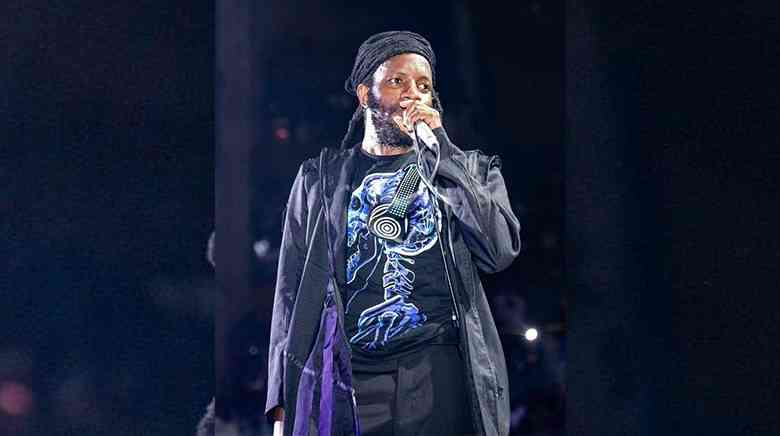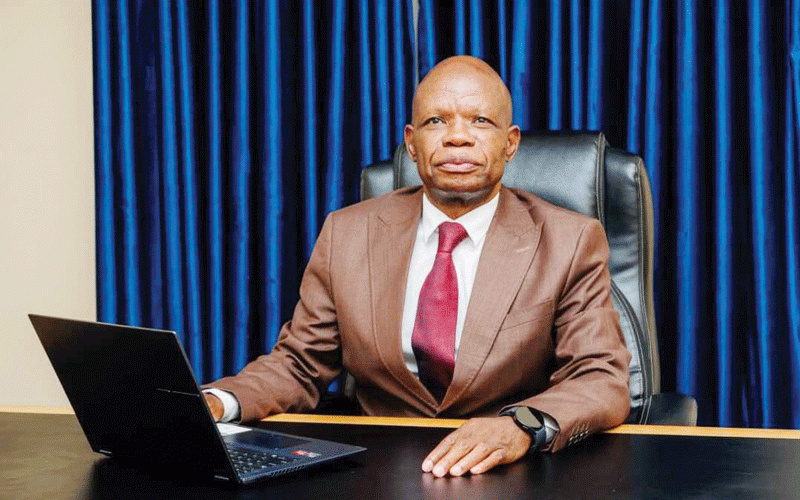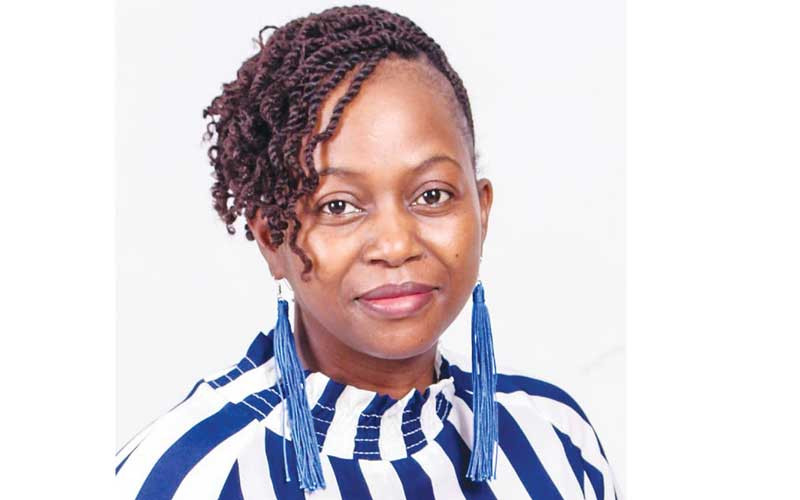
ZIMDANCEHALL, once a dominant force in Zimbabwe's music scene, is now facing questions about its relevance.Despite its past popularity, some argue the genre has lost its momentum.Music has long served as a powerful medium for expressing art and culture across the globe. In Zimbabwe, a diverse range of genres has emerged over the years, helping to elevate the country’s music onto the international stage.However, debate continues over whether Zimdancehall remains a trending sound or if it has phased out of the mainstream.Over the years, numerous artistes have played pivotal roles in shaping and expanding Zimbabwe’s vibrant music industry.As genres transitioned, Zimbabwean music evolved into a more interesting and unique blend of sounds, reflecting both traditional roots and contemporary influences.In the early 2000s, Winky D emerged as a key figure, propelling the Zimdancehall genre into prominence with a series of hit songs. Tracks like Musarova Bigman, Bhachi Nejean and Chiramu became sensations nationwide. His catchy beats and memorable lyrics introduced a fresh, distinctive sound that resonated with audiences, leading to the genre’s popularity surge.His success earned him multiple awards, notably the People’s Choice NAMA awards in 2011 and 2012. As the genre gained momentum, other artistes such as the late Soul Jah Love, Kinnah, Killer T, Seh Calaz and Freeman continued the legacy, keeping Zimdancehall alive and evolving.Even female artistes came onto the scene, the likes of Empress Shelly, Lady Squanda, Ninja Lipsy, Empress Massina as well as Bounty Lisa.Some made their names releasing singles, others latched onto the Zimbo Flavour Riddim, but the major milestone was the Body Slam Riddim, produced by PTK. The riddim, featuring 56 tracks from artistes including Tocky Vibes, Ras Pompy, Shinso, Seh Calaz, Terminator, Maggikal and Platinum Prince, remains one of Zimbabwe’s most celebrated musical productions. It is widely regarded as one of the best riddims ever created in the country.But Zimdancehall really got to its peak around 2014, where several events, particularly “cup clash” shows, were marred by violence. These incidents involved fans throwing missiles, causing damage to property and injuries and even leading to clashes with law enforcement. The violence often stemmed from clashes between fans of different artistes, particularly those from Mbare, and escalated when artistes perceived to be from outside that area performed. The Sting 2014 clash between Soul Jah Love and Seh Calaz, held at City Sports Centre in Harare, was a notable example of this violence. Several show-goers escaped with bruises while others dislocated their hips and ankles in a melee caused by the police, who fired teargas into the packed auditorium during the tune-for-tune Zimdancehall battle.Promoters and artistes alike acknowledged the problem, with some calling for unity and efforts to educate fans about appropriate behaviour at shows. The violence raised concerns about the potential for authorities to ban Zimdancehall events if order was not restored.Also of concern was that dangerous drugs were being traded at the cup clash shows as well as pasa pasas.By 2016, a new wave of artistes emerged, bringing innovative sounds and redefining the local music scene. Artistes like Tammy Moyo, Takura, Hillzy, Ammara Brown and the late Garry Mapunzure infused Afro-pop influences into their music.Hits such as Tammy’s Ndibereke and Ndozvandiri, Takura’s Amai Mwana and Hillzy’s Ndiye Murora exemplify this revolutionary phase.Fast-forward to four years later, Zimbabwe saw the rise of a new hip-hop genre, with artistes like T-Gonz, Holy Ten, Volts JT and Saintfloew, and T Gonzi propelling it into the mainstream. Tracks such as Holy Ten’s Gundamwenda featuring Saintfloew and Volts JT’s Friends marked a shift in the musical landscape, attracting a new generation of fans.Along the way came Trap music, which has its fair share of fans.In a trending interview, popular artist Holy Ten weighed in on the current state of Zimdancehall, stating: “Zimdancehall yapera,” to mean Zimdancehall is no longer relevant. This comment sparked widespread discussion among fans, with many agreeing with his sentiments, reflecting a shift in the genre’s perceived relevance.In February 2021, Soul Jah Love, credited as a pioneer of mainstream Zimdancehall, died and many believed this was the beginning of the death of the genre.He and a few others had tried all along to keep the genre afloat.Despite the ongoing debate about whether Zimdancehall remains a trending sound, it undeniably played a crucial role in putting Zimbabwe on the international music map.Winky D’s global recognition highlights this impact — he won the Best Male Artiste (Southern Africa) at the 2022 All Africa Music Awards (AFRIMA) for the song Happy Again.He also received awards like Best Dancehall Artiste at the African Entertainment Awards USA (AEAUSA) in 2020 and Best African Dancehall Entertainer at the International Reggae and World Music Awards (IRAWMA).As Zimbabwe’s music continues to evolve, its artistes remain influential both locally and internationally, cementing the country’s reputation as a vibrant hub for diverse and innovative sounds.But the one question remains: Will it ever rise once again.







